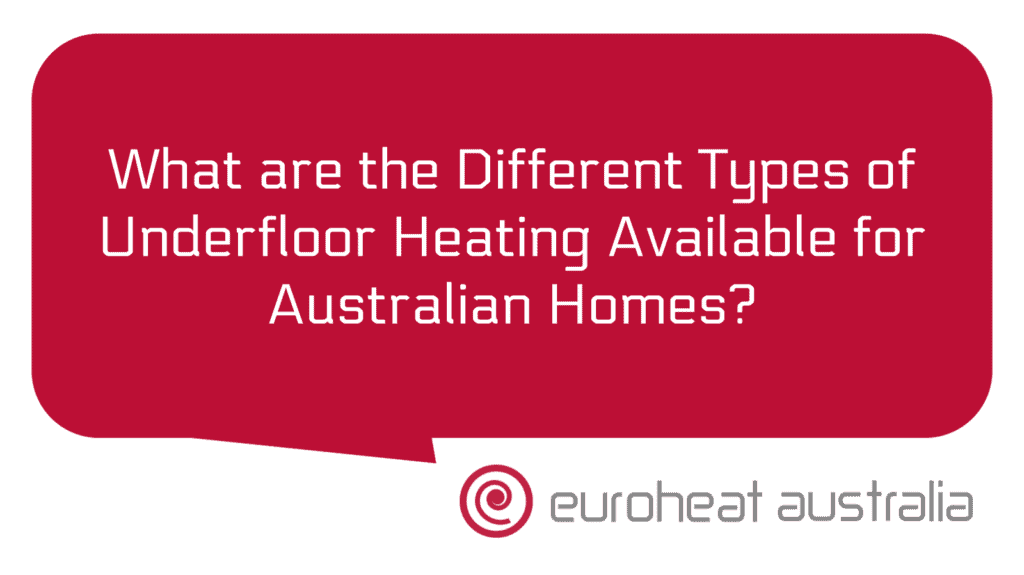Are you looking to upgrade the comfort of your home and save money on your energy bills? If so, then you should consider installing underfloor heating. Underfloor heating systems are becoming increasingly popular amongst Australian homeowners as they provide an efficient and cost-effective way to heat a home.
Underfloor heating systems come in a variety of different types, each with its own unique benefits. In this article, we will be looking at the different types of underfloor heating available for Australian homes, as well as the benefits they offer.
The most common type of underfloor heating is electric heating systems. These systems work by using electric resistance elements which generate heat from electricity passing through them when activated by a thermostat. Electric underfloor heating systems are relatively easy to install and maintain, making them ideal for DIY installations. They also have the advantage of being able to be used in almost any room in the house, including bathrooms and wet areas. However, electric underfloor heating can be expensive to run and may not be suitable for larger rooms or those with multiple occupants.
Another type of underfloor heating is hydronic (water) based systems. Hydronic systems work by circulating warm water through pipes which are laid in the floor or beneath it and then heated either via an external boiler or a centralised system such as a heat pump or solar panel system. Hydronic systems tend to be more efficient than electric ones as they require less energy to heat up and can also provide even temperatures throughout the home due to their ability to circulate warm water around multiple rooms simultaneously. Hydronic systems also tend to be more expensive than electric ones due to their complexity but can offer significant cost savings over time due to their efficiency.
A third option available is air source heat pumps which use air collected from outside and use it to generate warmth inside the home via a series of ducts or fans that push warm air into each room individually. Air source heat pumps tend to be more efficient than other types of underfloor heating as they use much less energy than traditional boilers and can provide steady temperatures throughout your home with minimal fluctuation in temperature throughout the day or night. However, these systems can be quite expensive upfront but may offer significant savings over time due to their efficiency levels.
Finally, there is geothermal energy which uses natural underground temperatures from deep wells or boreholes located on your property in order to generate warmth for your home without consuming any additional electricity or gas supplies from outside sources. Geothermal energy is generally more expensive upfront but provides much lower running costs than other forms of modern power generation such as gas boilers or air source heat pumps due to its extremely low operating costs over long periods of time if installed correctly by experienced engineers & installers such as Euroheat Australia with 30 years experience in designing & constructing hydronic heating & cooling systems throughout Perth & Western Australia – reducing greenhouse gas emissions & helping reduce costs long term for homeowners who choose this method of sustainable energy generation..
Whichever type of underfloor heating you choose, you can expect reduced energy bills over time due its efficiency compared with other forms of traditional power generation such as radiators & gas boilers – making it an attractive option for Australian homeowners looking for ways reduce their carbon footprint while staying comfortable at home all year round!





